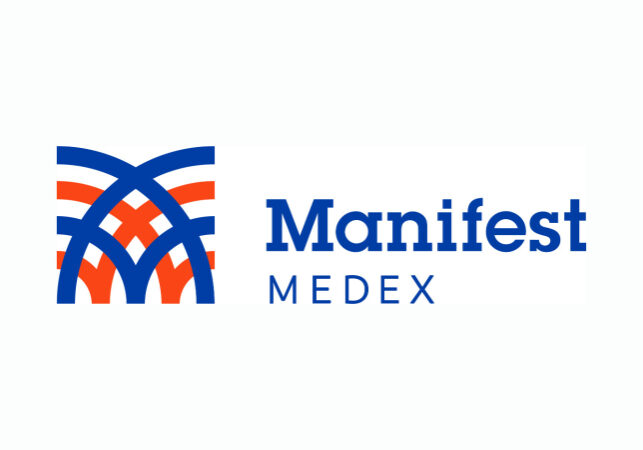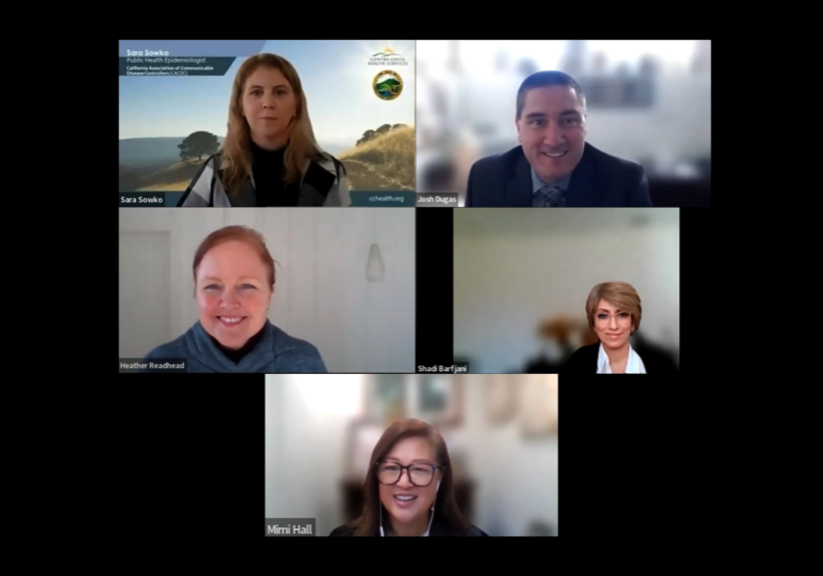3,000+
network participants
NCQA
validated
44 million
Longitudinal Patient Records
3 million
ADTs per Month
Save time and improve disease prevention and control with ADT notifications
Manifest MedEx enables California's counties to leverage health data exchange to better manage and control communicable diseases. MX Notify’s real-time Admit, Discharge, and Transfer (ADT) notifications can prevent missed opportunities for communicable disease prevention and enable early intervention and treatment. ADTs allow for targeted, improved care coordination and streamlined Emergency Department post-discharge follow-up.
- Ensure timely communication between public health agencies, hospitals, and health care providers with real-time ADT notifications vs traditional methods of faxing or calling
- Receive alerts that prompt care coordinators to follow-up with patients in vulnerable populations requiring complex care management or who may be lost to follow-up when they present in the ED
- Enhance Case Investigation and Contact Tracing (CICT) in difficult to follow populations
Improve health equity by understanding population health to target interventions as needed
With the Manifest MedEx network, public health departments can gain access to more than 38 million patient records that provide information to understand health trends in specific populations.
- 87 percent of MX patient records include race data collected from encounters in the past two years
- Utilize a combination of clinical, demographic, SDoH, and increasing SOGI data to understand the health of a specific population
Learn more about how counties are getting actionable insights from health data provided by MX.
Provide better care by learning patient history with longitudinal patient records
Manifest MedEx provides aggregated health information, including SDOH data, from across our health data network so that care teams can provide better care and support Medi-Cal patients
- Administer care at the right time with access to a patient's comprehensive medical history
- Improve care coordination under CalAIM’s Enhanced Care Management program by identifying enrollees in the MX Access portal






